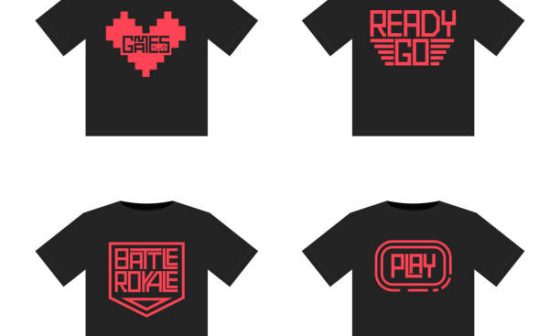In the intricate tapestry of veterans’ lives, the VA disability nexus letter is the thread that weaves together past sacrifices and present challenges. This document serves as the bridge between a veteran’s military service and the health conditions they face today, holding the potential to reshape the trajectory of their post-service journey. In this theoretical exploration, we delve into the art and impact of VA Disability Nexus Letters, unraveling the layers that make them a linchpin in the realm of veterans’ advocacy.
Crafting the Nexus Narrative:
At its core, a VA Disability Nexus Letter is a narrative—a narrative that must vividly illustrate the connection between a veteran’s service and their current health status. It is an art form where the strokes of medical expertise, clarity in communication, and strategic documentation come together to paint a picture that decision-makers cannot ignore.
- Brushstrokes of Medical Expertise: The crux of a compelling nexus letter lies in the expert opinion of a qualified medical professional. This expertise serves as the brushstroke that defines the contours of the nexus, infusing the letter with credibility and authority.
- Clarity in Connection: Like a masterful artist creating a masterpiece, the author of the nexus letter must bring clarity to the connection between the veteran’s military service and their current health condition. Ambiguities dilute the power of the nexus, emphasizing the importance of precision in language.
- Strategic Documentation as Palette: Supporting evidence is the palette of colors used to enhance the nexus narrative. Medical records, test results, and incident reports serve as the vibrant hues that substantiate the claims, adding depth and substance to the overall composition.
Navigating the Gallery of Claims:
In the vast gallery of VA disability claims, a well-executed nexus letter is akin to a standout masterpiece. It not only captures the attention of decision-makers but also demands a second look, inviting a deeper understanding of the veteran’s unique journey and the impact of their service on their current well-being.
Challenges and Triumphs:
While the creation of a nexus letter is an art, it is not without its challenges. From the intricacies of medical terminology to bureaucratic hurdles within the VA system, veterans often face obstacles on their path to obtaining a persuasive nexus letter. However, each challenge presents an opportunity for triumph, as veterans, with the support of knowledgeable advocates, navigate the complexities of the claims process.
Conclusion:
In the grand gallery of veterans’ rights and recognition, the VA Disability Nexus Letter stands as a testament to the artistry of advocacy. Its impact is not merely bureaucratic; it is a brushstroke that adds depth and nuance to the narrative of a veteran’s service. Understanding the theory behind this document is not just an academic exercise—it is an acknowledgment of the profound role it plays in reshaping the narrative of veterans’ lives, one nexus letter at a time.







